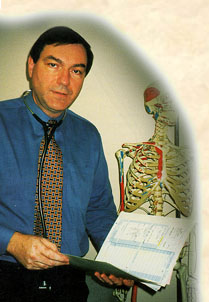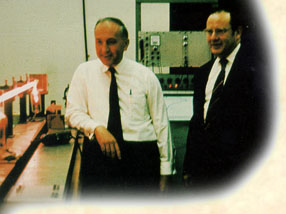 Nurturing
Care for the Aged
Nurturing
Care for the Aged
The father of Chris Stefanovich was only three days old when the Illinden uprising in Macedonia took place, 1903. Because young Pando was a very quiet baby, the family was able to escape Turkish invasion of the family’s village, Evla, by hiding in a cave. At age 14, young Pando was conscripted into the Serbian army. By the time he was 16 years old, he had left home and was travelling to the Americas. Canada eventually became his home, 1929. Settling in Windsor, Ontario, and washing dishes, Pando gradually saved enough money to purchase a restaurant in Tecumseh, a French-speaking town 10 miles east of Windsor. Time quickly passed, but when he was 45 years old he married Donka, a Macedonian mail-order bride born in the Kostur area of Macedonia. Soon their only son, Chris, was born. Growing up learning Macedonian and French before he learned English, Chris Stefanovich became Dr. Chris Stefanovich, 1974, after graduating in Medicine from the University of Toronto. Choosing to become a family physician, he opened his doctor’s office in Etobicoke, Ontario. An interest in Geriatrics successfully generated a desire to establish a geriatrics program for family physician residents at the University of Toronto, 1983. Chris has never been a passive person, either as a doctor or as a Canadian whose interest in the homeland of his parents was particularly awakened at such times when Macedonia was virtually penniless and in desperate need of medical supplies. Dr. Stefanovich, in 1991, for instance, helped spear head a campaign that raised 10 million dollars worth of medical supplies for that impoverished country. Chris followed through with similar activity during the Kosovo Crisis that severely strained Macedonia in 1999. Today, Dr. Stefanovich is Co-chair of the Nursing Home Building Fund for Canadian Macedonian Place, Toronto. Though his conscious endeavours to assist humanity prevail, all of his activity would not be possible without his supportive wife, Vasilka, and the pride of his life, daughter, Andonia, and son, Peter Pando Stefanovich. [Photo, courtesy Vasilka Stefanovich]
 Building
Canada’s First Lasers
Building
Canada’s First Lasers